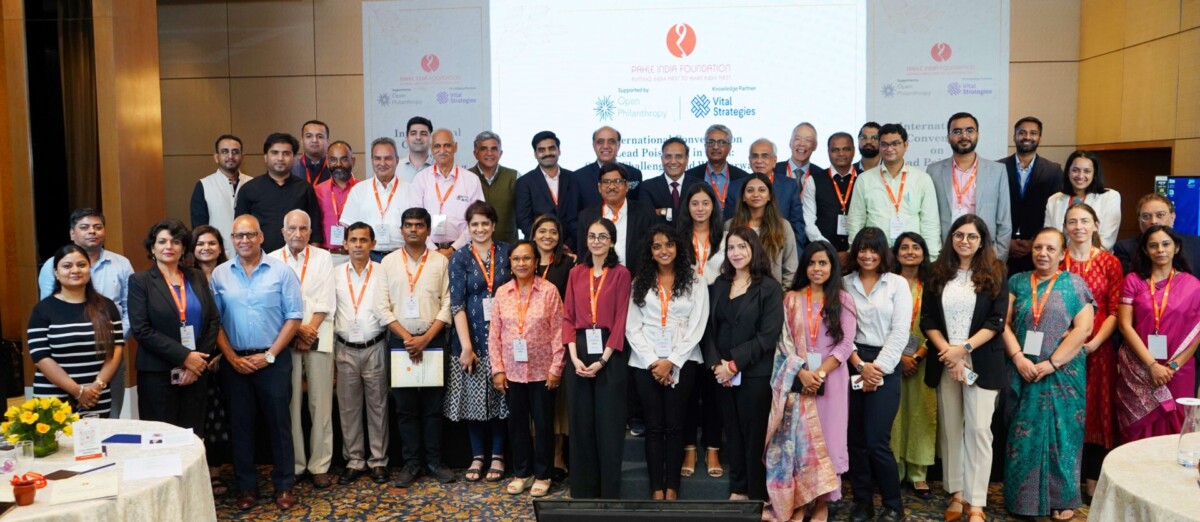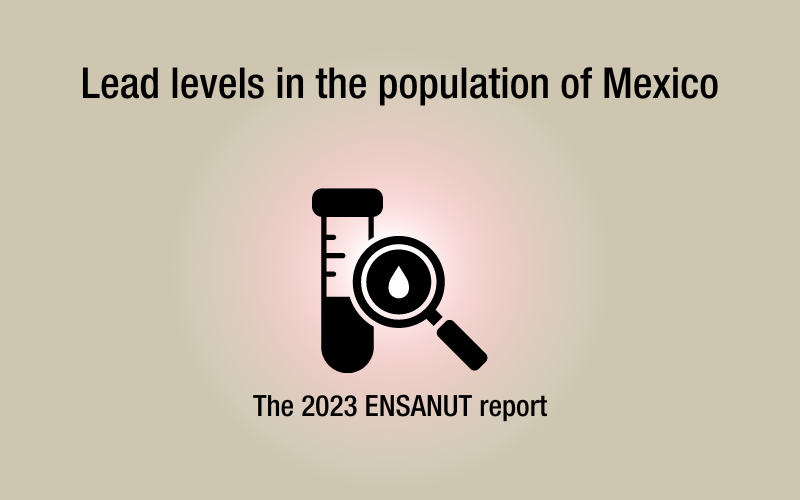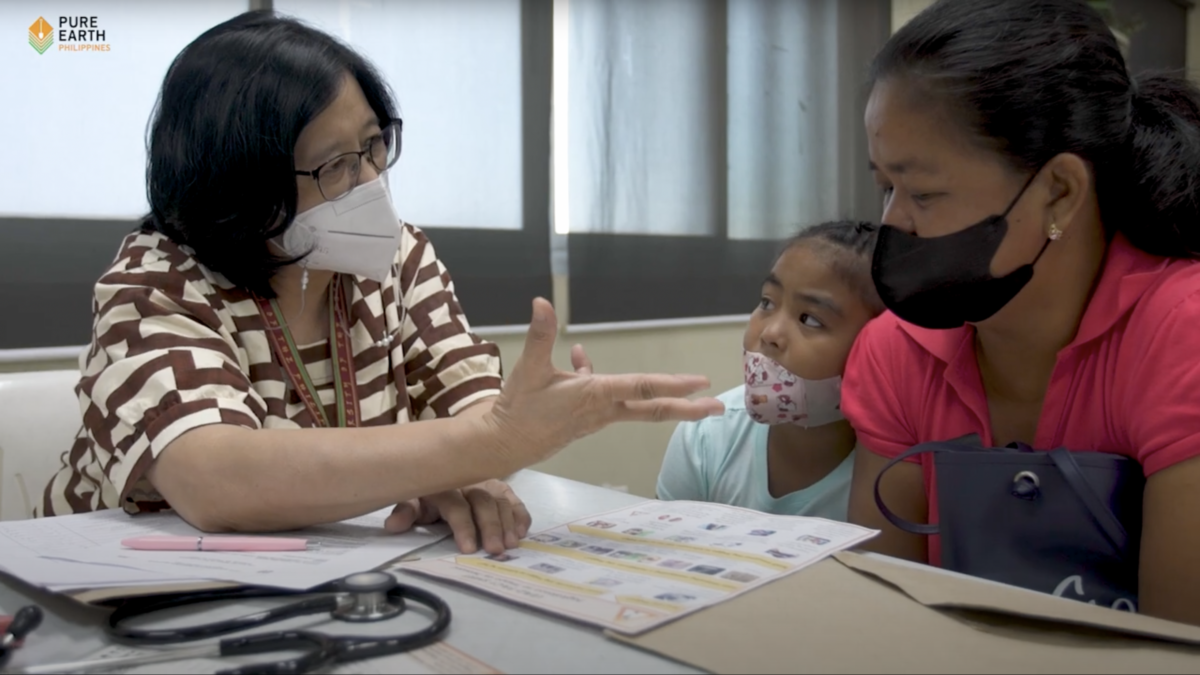In December, Pure Earth released new and updated technical guidelines and protocols on mitigating lead and mercury exposure, which draw on our 25 years of expertise in assessing and preventing exposure to toxic pollution. The protocols are based on our research findings and the accumulated field experience implementing over 50 projects in low- and middle-income countries.
These resources are made accessible to all practitioners interested in up-to-date technical guidance on identifying, assessing, and preventing heavy metal pollution. Our goal is to encourage and enable increased action by global stakeholders–such as policymakers, civil society organizations, academic and scientific communities, and others in the environmental health sphere–to prevent toxic exposures.
The protocols are organized by Pure Earth’s evidence-based 5-Phase Approach to Mitigate Lead Exposures.
Recently released documents include:
-Protocol for Testing Metal Cookware for Lead and Other Toxic Metals
This protocol outlines a step-by-step process for screening metal cookware for lead and other toxic metals using an XRF device.
-Metal Cookware Leaching Test Protocol
This protocol outlines how to conduct leachate tests for lead in metal cookware, allowing practitioners to evaluate the concentrations of lead leaching from the cookware into food.
-Copper Plates Implementation Protocol
This protocol outlines how to use silver-coated copper plates, a technology that reduces mercury contamination from mining tailings generated by Artisanal and Small-Scale Gold Mining (ASGM).
-Food Chain Analysis for Lead and Mercury Protocol
This protocol outlines ways in which lead and mercury enter the food chain, how to test potentially contaminated food, and how to trace contamination back to sources such as contaminated soil, pesticides, residual contamination, and more.
“These protocols and technical guidelines are meant to help facilitate the implementation of lead and mercury interventions in low- and middle-income countries. They incorporate methodologies tailored to contexts within LMICs, which are most impacted by toxic pollution,” said Gabriel Sanchez Ibarra, Vice President of Programs at Pure Earth.
“These protocols have been built thanks to the experience of years of fieldwork in several countries and diverse cultures. The design of these protocols ensures that practitioners have the tools they need for reliable, detailed, and high-quality data collection in order to analyze the potential impacts of lead and mercury contamination,” said Alfonso Rodriguez, Pure Earth’s Technical Director.
The lead community made history this year with the launch of the Partnership for a Lead-Free Future (PLF). This partnership, launched at the 79th UN General Assembly, united USAID, UNICEF, and public and private sector organizations in a commitment to end childhood lead poisoning by 2040. Additionally, Open Philanthropy has launched the Lead Exposure Action Fund (LEAF), opening new opportunities to address lead poisoning.
“2024 marked a watershed year in the fight against lead poisoning. After decades of advocacy, leaders around the world are finally recognizing the immense toll from lead exposure and are demanding action. Pure Earth is honored to be among the first recipients of LEAF funding, which we are using to showcase cost-effective solutions and deliver measurable impacts in affected regions,” said Drew McCartor, Pure Earth’s President and CEO.
With the resources available to us from new funding streams, Pure Earth is planning to further expand our provision of technical guidance in 2025. Subscribe to our newsletter to stay updated on our work and to access our valuable resources as more guidelines and technical protocols are made available in the new year.





